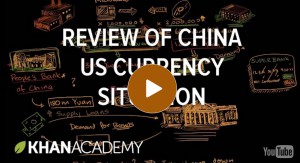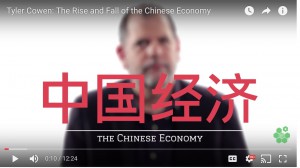Christopher Lingle’s article in the South China Post, “China must stop its destructive market interventions while it can,” (September 27 2016), highlights the damage caused by the Chinese government’s continuing interventions in renminbi exchange markets. Lingle says:
China’s authorities can promote the health of its own economy by abandoning an exchange-rate obsession over the value of the renminbi against the dollar and intervening less, not more. It turns out the primary villain in the tale is China’s dependence on export-led development that is the basis for continuing controls over exchange rates and capital flows.
Lingle disagrees with the claim that government interventions in industry, banking and exchange rates contribute to China’s economic development:
It turns out that China’s self-proclaimed “market socialism” is in fact a poisonous cocktail of neo-mercantilism (that is, export-led growth) and Keynesian stimulus policies. Alas, the resulting hangover is set to bring a painful end to the “Beijing consensus” as well as President Xi Jinping’s (習近平) “Chinese Dream”.
For a background on International Finance, floating exchange rates, and China’s currency manipulation, both Khan Academy an d Marginal Revolution University offer a series of video lectures.
d Marginal Revolution University offer a series of video lectures.
Khan Academy’s Review of China US Currency Situation is here.
Marginal Revolution University’s Chinese Currency Manipulation video is here.
 MRU’s Tyler Cowen has a separate recent video, The Rise and Fall of the Chinese Economy, here. Text on page with video notes:
MRU’s Tyler Cowen has a separate recent video, The Rise and Fall of the Chinese Economy, here. Text on page with video notes:
A turning point for the Chinese economy came in 2009. With the recession affecting many other countries, China’s government took steps to avoid the recession and keep the economy afloat, but at a cost. Debt skyrocketed during the period, which is proving less sustainable as China’s rate of growth declines.
